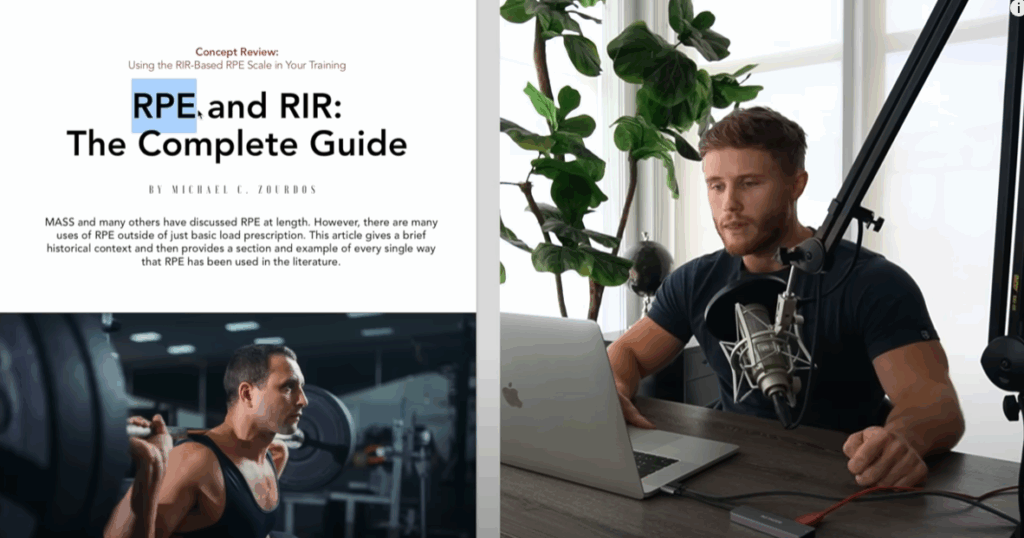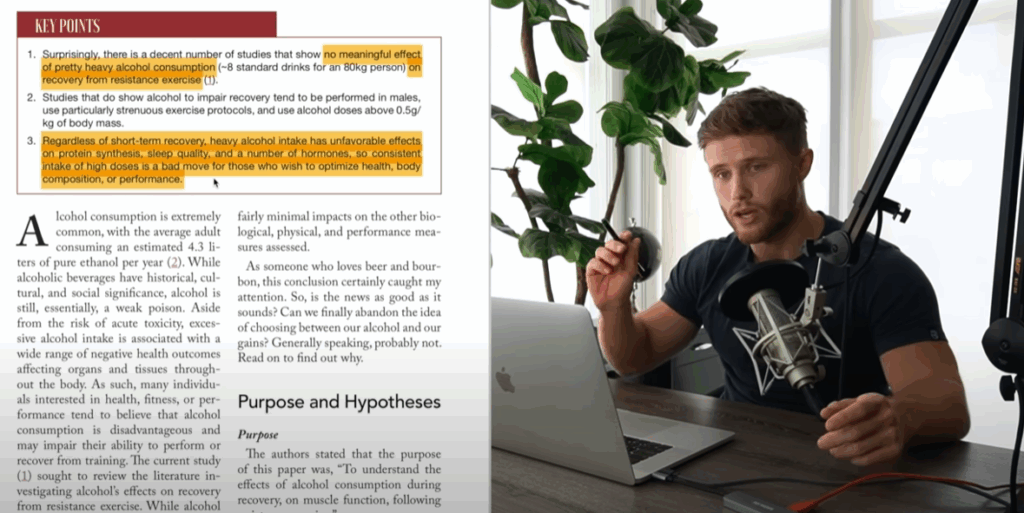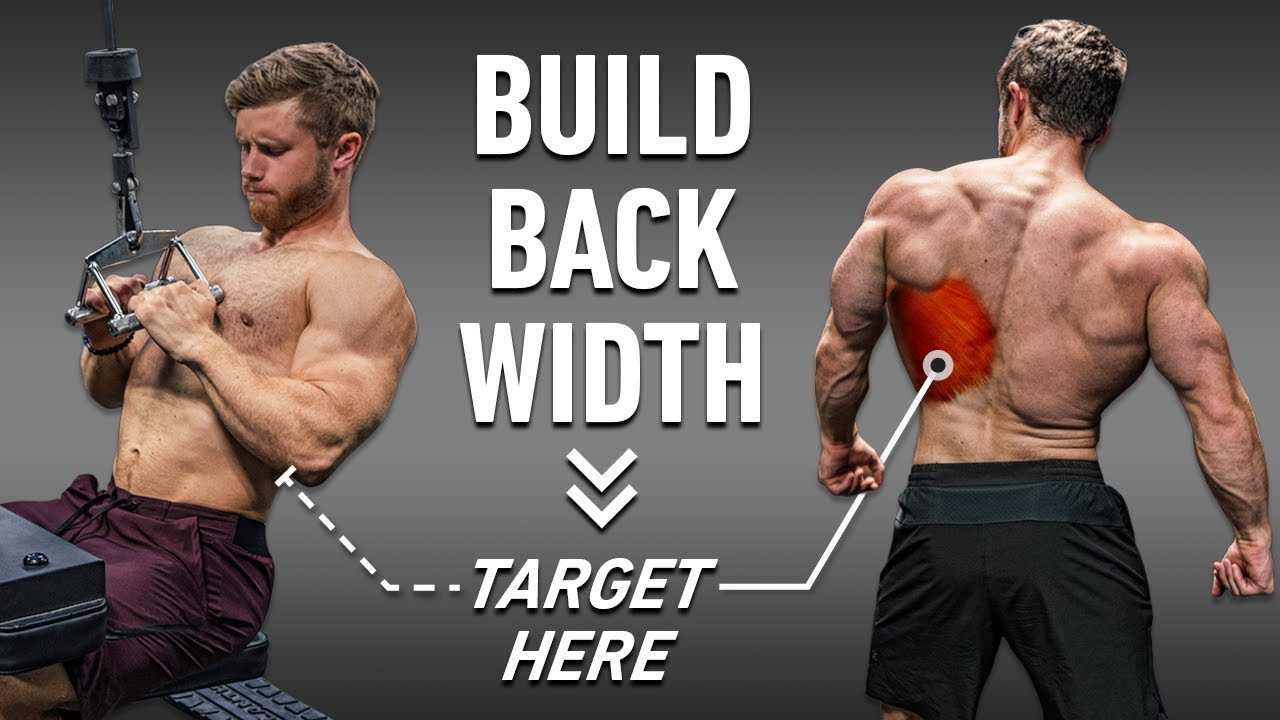How to Instantly Improve Your Bench Press: 4 Proven Strategies for Strength Gains
When it comes to fitness, shortcuts often do more harm than good. Building muscle, losing fat, or sculpting a symmetrical physique requires time, discipline, and smart programming. But not every improvement needs years of commitment. If you want to boost your bench press strength, there are a few key adjustments you can implement today that will make a noticeable difference almost immediately. These changes don’t require years of grinding — just smart training and good technique.
Let’s break down four practical and effective strategies to help you start pressing heavier right away. Whether you’re an experienced lifter or relatively new to the bench press, these tips will elevate your performance — no gimmicks, just biomechanics and programming done right.

1. Mastering the Bar Path for Optimal Leverage
A common misconception among lifters is that the bar should move straight up and down when bench pressing — similar to the squat or deadlift. But in the bench press, this can limit your strength potential. The most efficient bar path actually involves lowering the bar slightly forward (toward your lower chest) and pressing it back toward your head and up in a smooth arc.
Why? Because the bench press is a blend of two joint actions — shoulder horizontal adduction (the primary job of the chest muscles) and shoulder flexion (which involves the front delts). Pressing straight up from a low bar position increases the load on the front delts by lengthening the lever arm, making the lift harder at the bottom where most people already struggle.
Instead, start by consciously pushing the bar backward and up off your chest. This minimizes the stress on your delts by shortening the lever and lets your pecs do more of the heavy lifting. Over time, this more efficient bar path leads to better strength gains and more consistent lockouts.
To track your progress, record your bench press from a side view and use apps like Iron Path or Dartfish to analyze your bar path. If you notice you’re pressing straight up, it’s time to correct that and get your bar moving in a smooth, efficient arc.

2. Adjust Your Grip for Power and Stability
If you want to move more weight on the bench, your grip width matters. Many top-level powerlifters bench with a wider grip, and there’s a good reason: it shortens the range of motion and places more tension directly on the chest, where you’re strongest.
Start by moving your hands out slightly wider — perhaps a finger width at a time each workout — and assess how it feels. A wider grip improves stability by promoting scapular retraction and depression, giving you a more solid base on the bench. It also allows for greater chest engagement and reduces the distance the bar must travel, especially at the bottom of the lift.
Be cautious not to go too wide too quickly, especially if you have shoulder issues. The goal is to find the widest grip that feels natural and doesn’t compromise joint health.
3. Increase Bench Frequency (But Be Smart About It)
Practice makes progress. One of the most effective ways to improve your bench press is simply to do it more often — with proper technique. Many lifters only bench once or twice a week, which limits both neurological adaptations and technical improvements.
A great sweet spot for most intermediate lifters is three bench sessions per week. Use a daily undulating periodization (DUP) model to keep the workload balanced. For example:
- Day 1 – Hypertrophy Focus: 3–4 sets of 8–10 reps
- Day 2 – Speed & Power: 4–5 sets of 3–4 reps with lighter weight (60–70%)
- Day 3 – Strength Work: 3–5 sets of 4–6 reps at heavier loads (80–90%)
By rotating intensity and rep ranges, you can train the bench more frequently without burning out. This method develops size, power, and strength all at once — the perfect recipe for long-term progress.
Remember: increased frequency only works if your technique is dialed in. Practicing poor form more often won’t help — it’ll just reinforce bad habits. That’s why steps one and two are essential prerequisites.

4. Use Heavy Top Sets to Build Confidence and Power
Incorporating top sets into your bench training is a powerful way to prime your nervous system for heavier loads and develop confidence under the bar. These sets involve lifting near-maximal weights for low reps — not to failure, but close enough to feel challenging.
A good guideline is to perform a top set at around 85–90% of your one-rep max (1RM) for 2–3 reps. Follow this with your regular working sets using lighter weight and higher volume. This strategy gives you the benefits of heavy lifting without overtaxing your recovery.
You can include a heavy top set once a week, ideally before your hardest strength-focused workout. Over time, this exposure to heavy loads helps train your body to recruit more muscle fibers and push through sticking points more efficiently.
Just remember — these are not max-effort lifts. Avoid grinding reps or pushing to failure. The goal is to stay in control while handling significant weight regularly.
Putting It All Together
If you’re serious about improving your bench press, it’s not about gimmicks or overnight transformations. It’s about refining technique, training smart, and reinforcing good habits with frequent, focused practice. Here’s a quick recap:
- Fix Your Bar Path: Press back and up — not straight up.
- Widen Your Grip: Experiment gradually to find your strongest position.
- Bench More Often: Aim for 3x/week with varied rep ranges and intensity.
- Incorporate Top Sets: Train your nervous system to handle heavy loads.
When you combine all of these strategies, the gains come faster than you’d expect — and they last longer because they’re built on solid foundations.
If you’re ready to follow a structured program based on these principles, consider a bench specialization block that emphasizes frequency, variation, and smart progression. These methods aren’t theoretical — they’re tested by lifters at all levels and backed by research and real-world results.
No matter where your bench press numbers are right now, with the right strategy, you’re always just a few steps away from a stronger lift.



